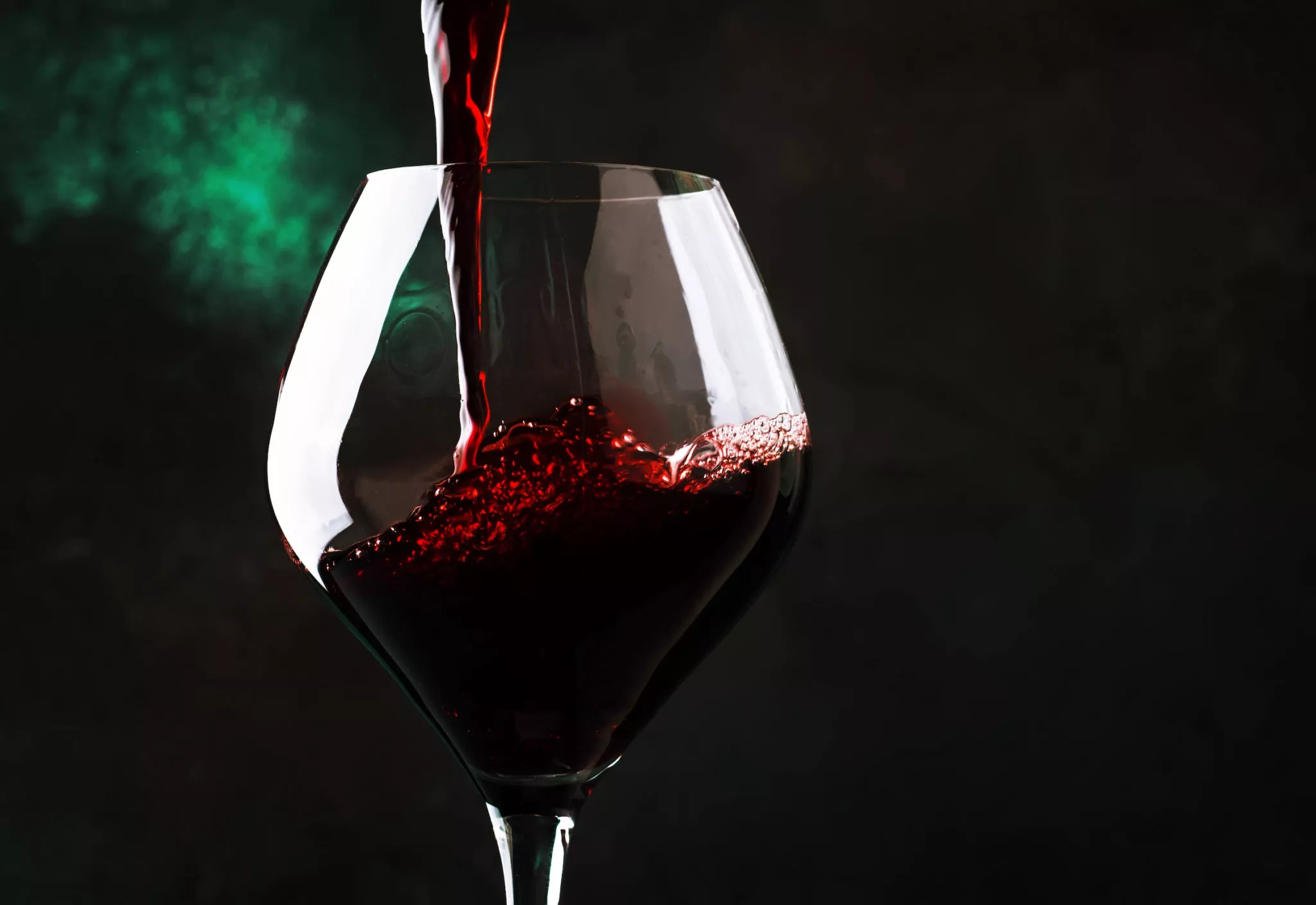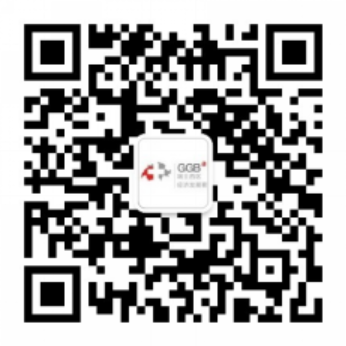A team from the University of Geneva, in partnership with the University of Bordeaux, has achieved a significant breakthrough in wine science. Using advanced machine learning techniques, they have successfully identified the distinct chemical signatures of seven renowned red wines from the Bordeaux region.
The University of Geneva and the University of Bordeaux’s method combined gas chromatography with artificial intelligence. The process involved analyzing the detailed chromatograms, which represent molecular separations in the wine. These chromatograms are complex, containing thousands of data points, making manual analysis and identification almost impossible. However, by applying machine learning algorithms, the researchers were able to interpret the entire chromatogram, including the “background noise”, simplifying it into two-dimensional coordinates.
This approach led to the creation of seven distinct “clouds” of data points, each representing the unique chemical fingerprint of wines from a specific Bordeaux domain. Remarkably, the data also reflected the geographical locations of the vineyards along the banks of the Garonne River. Three of the wine signatures were grouped on one side of the chart and four on the other, correlating with their respective locations on the river’s banks.
More effective tools in wine authentication and terroir expression
According to Alexandre Pouget, a Professor at the University of Geneva, and Michael Schartner, a former post-doctoral researcher, this technique allowed for a 100% accurate identification of the wines’ geographic origins. Their findings open new possibilities not only for combating wine counterfeiting but also for aiding vintners in making informed decisions to preserve the unique identity and expression of their terroirs.
Stéphanie Marchand from the University of Bordeaux, a co-author of the study, highlighted that the method doesn’t just focus on specific molecule concentrations but considers a broader chemical spectrum. This breakthrough represents a significant stride in understanding wine’s complex components and paves the way for developing more effective tools in wine authentication and terroir expression.




